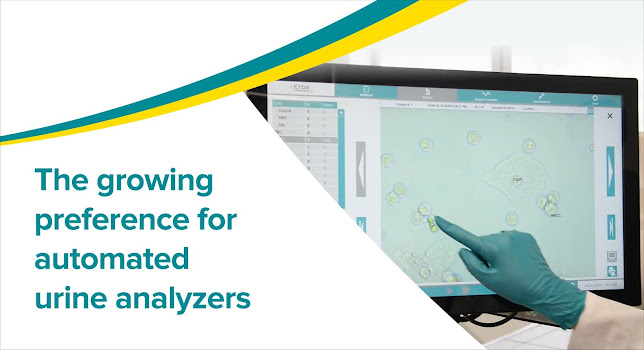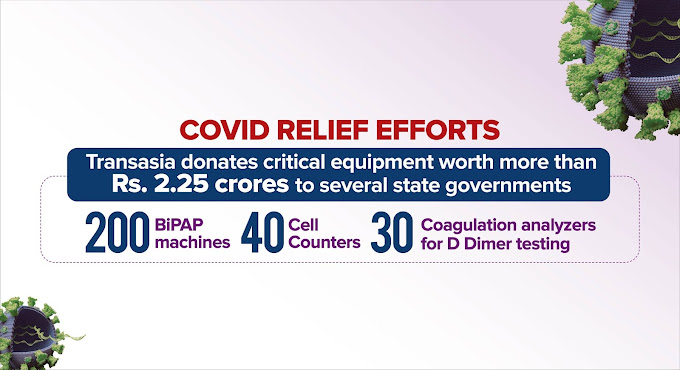Quality with a Purpose

All ISO standards are reviewed and revised regularly to make sure they remain relevant to the marketplace. ISO 13485:2016 responds to the latest QMS practices, reflecting the evolution in medical device technology and changes in regulatory requirements and expectations. Transasia is the first Indian IVD Company to receive the ICMED 13485 quality certificate in 2018 for indigenously manufactured medical devices. ISO 13485, Medical devices – Quality management systems – Requirements for regulatory purposes, is an internationally agreed standard that sets out the requirements for a quality management system specific to the medical devices industry. Designed to be used by organizations throughout the lifecycle of a medical device, from initial conception to production and post-production, it includes final decommission and disposal. It also covers aspects such as storage, distribution, installation and servicing, and the provision of associated services. En




